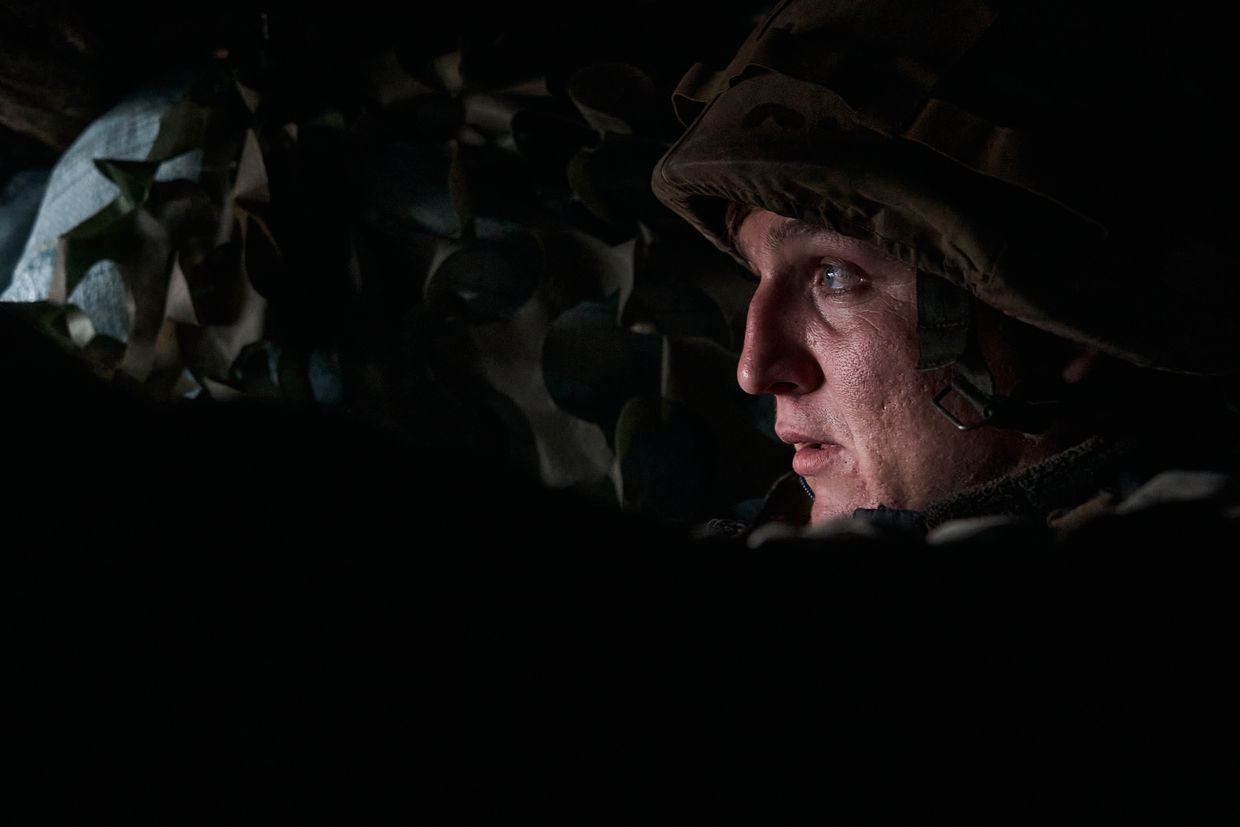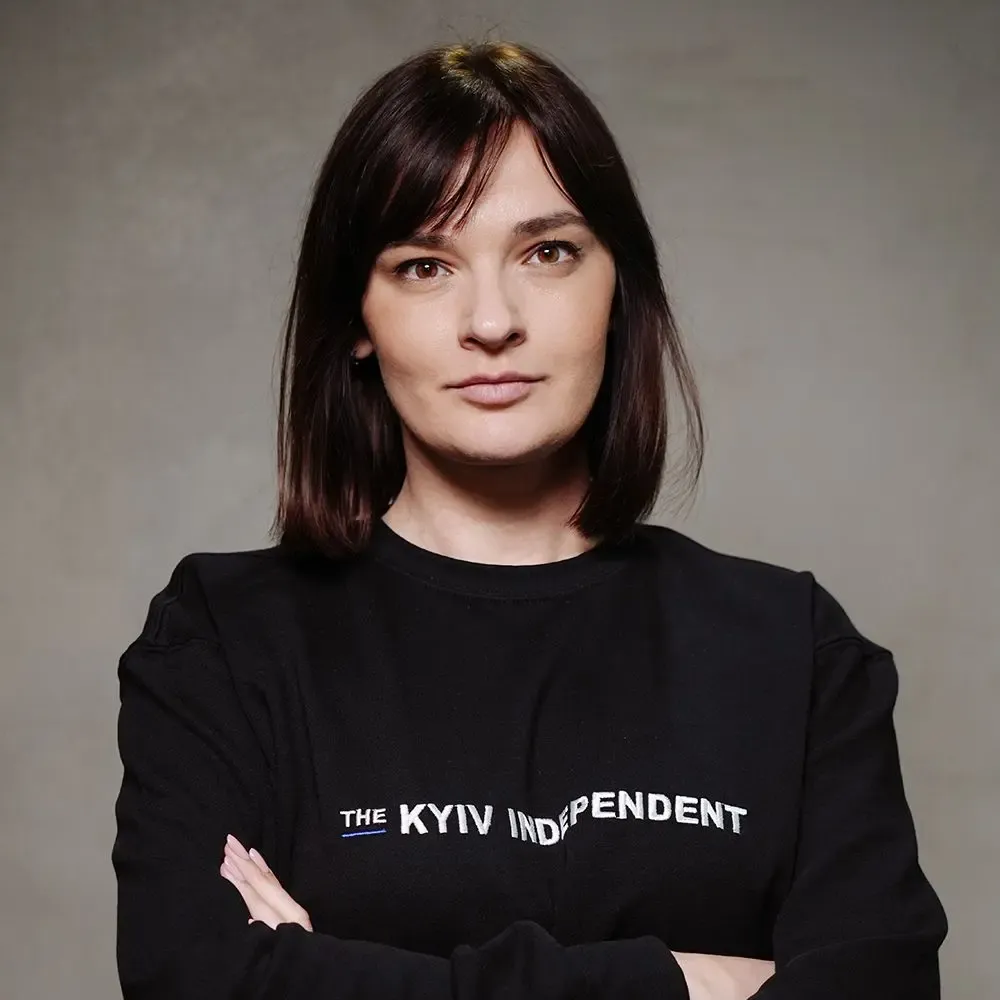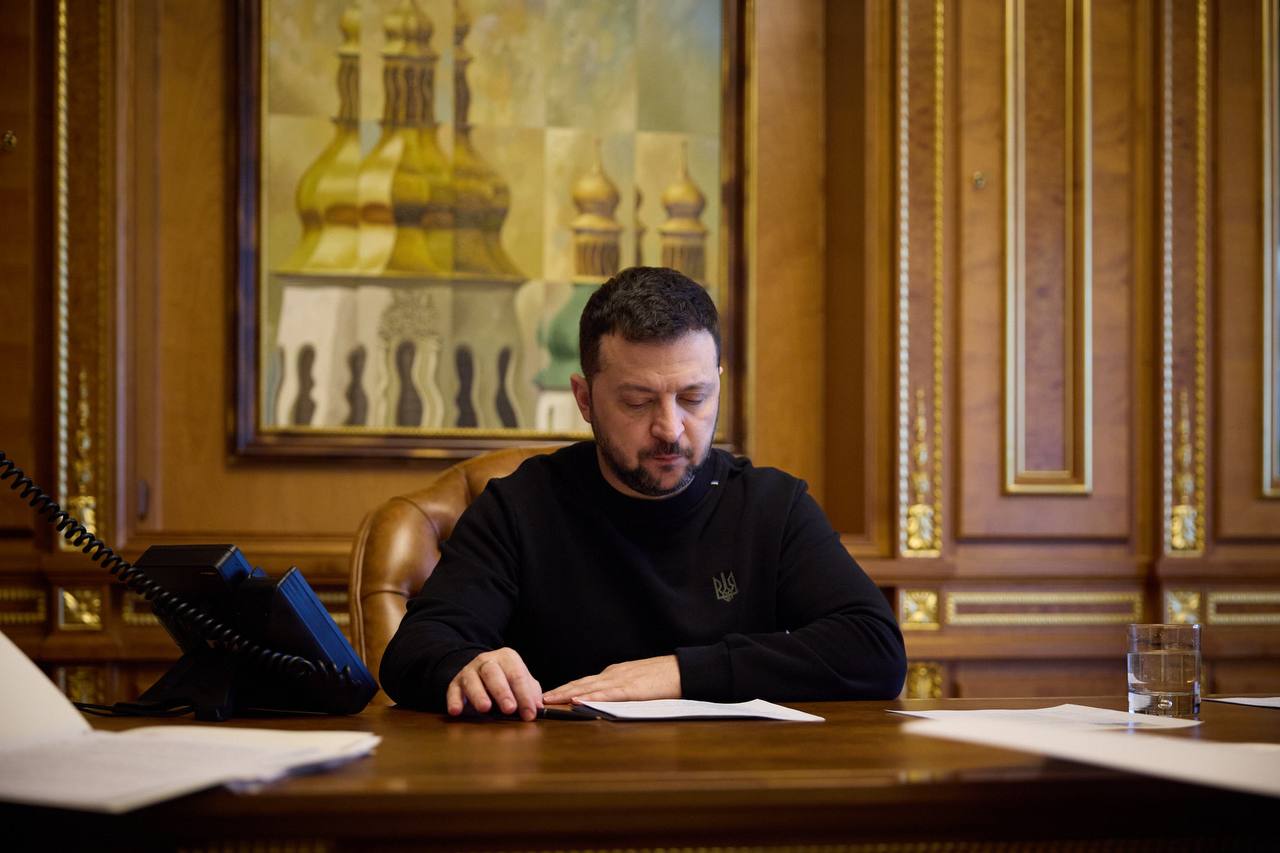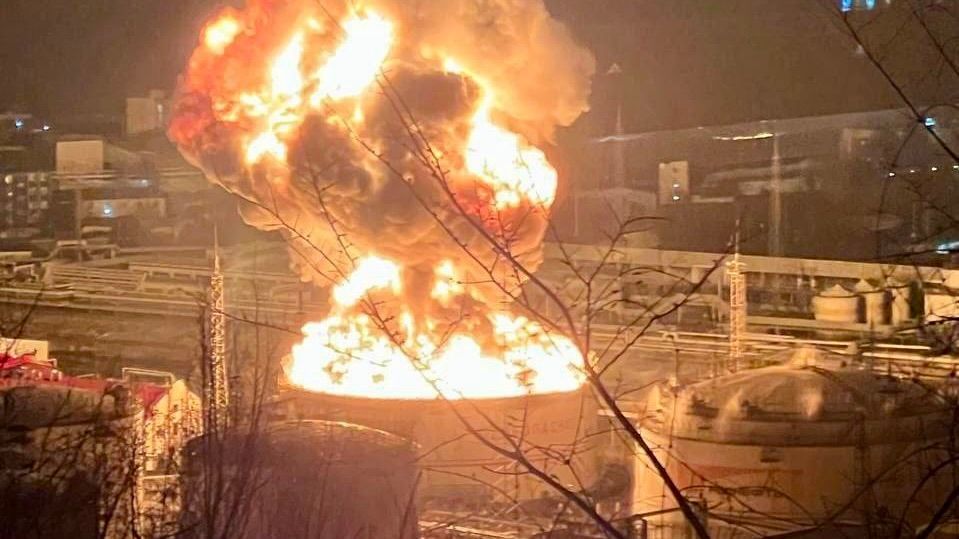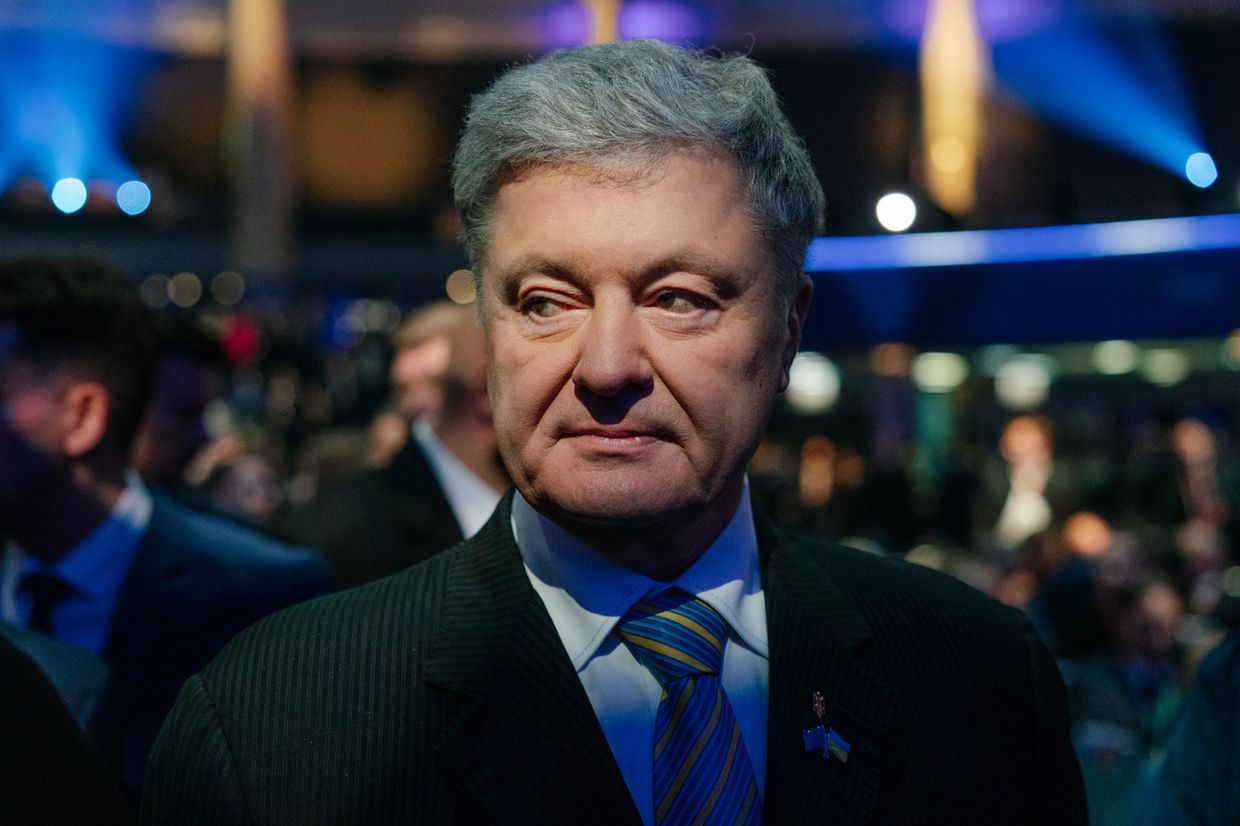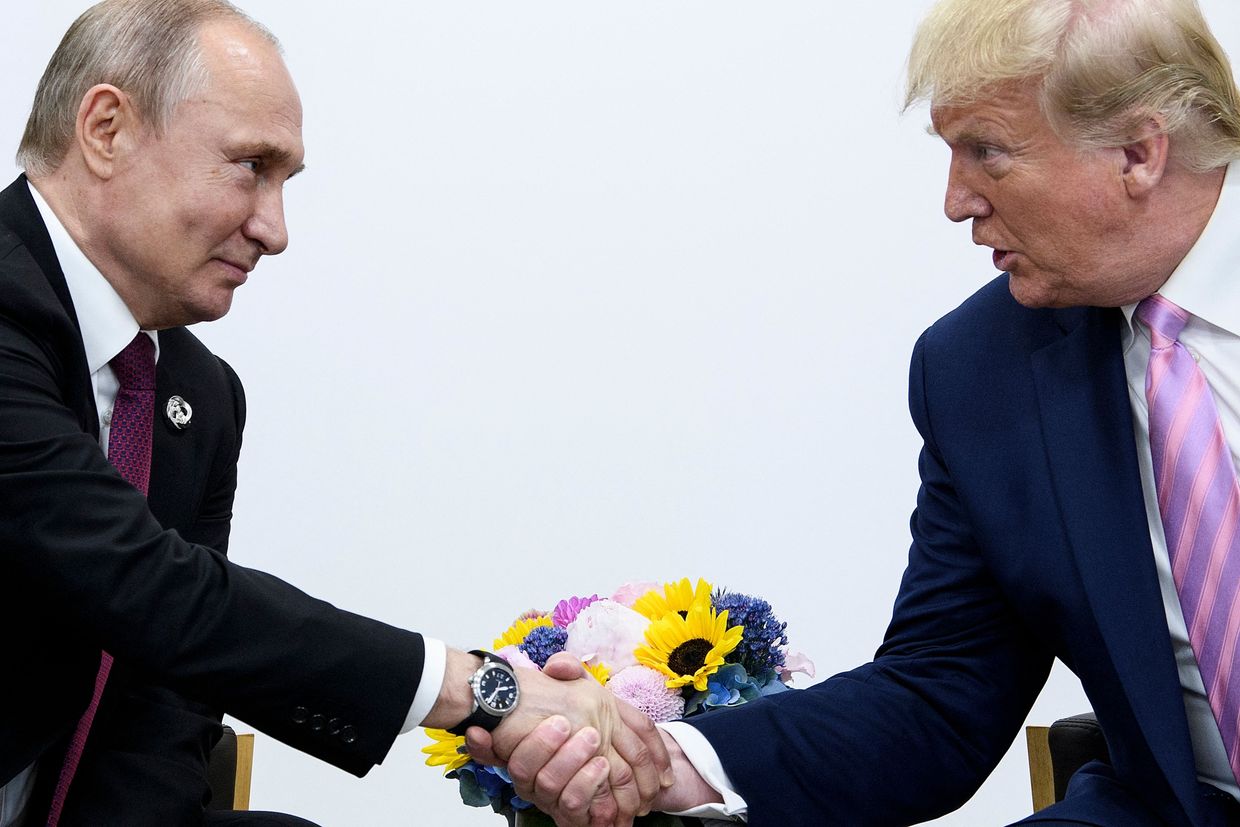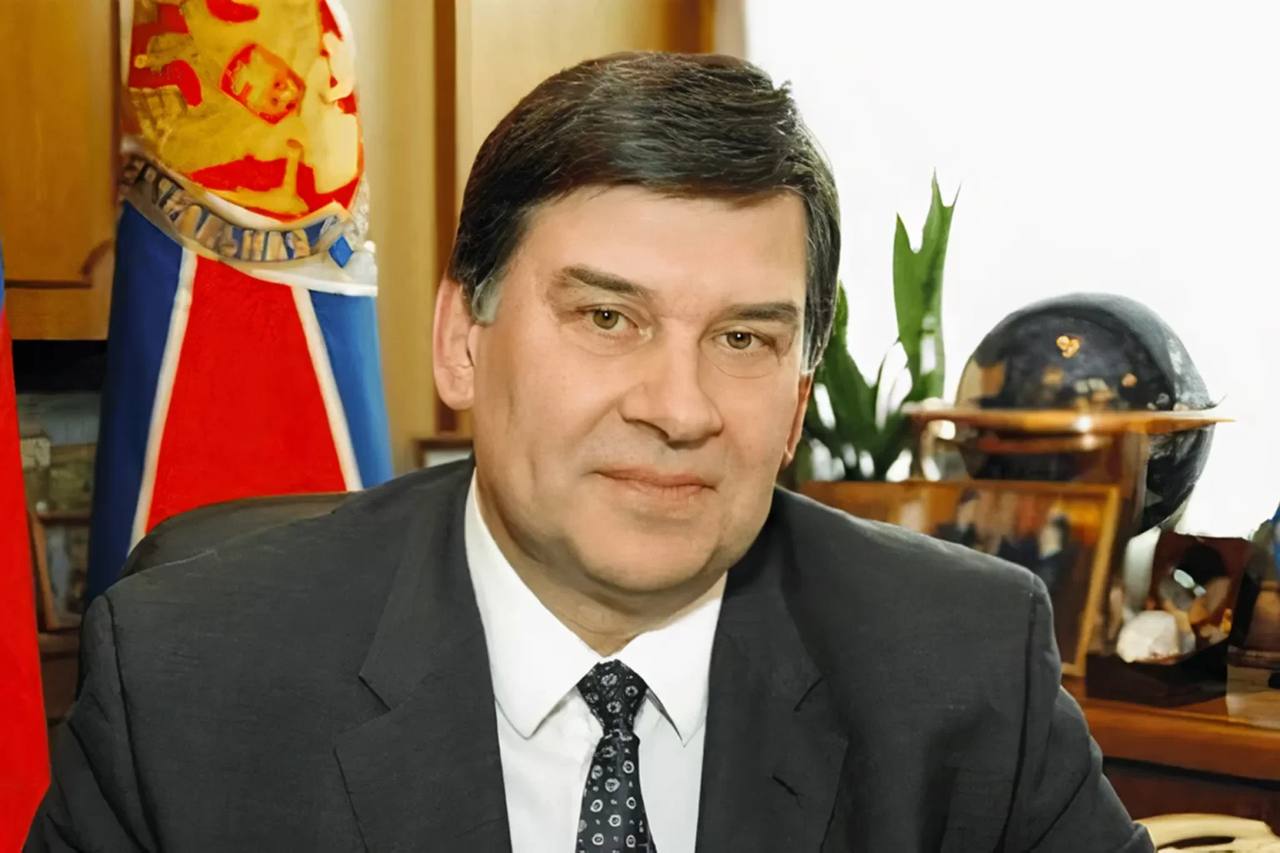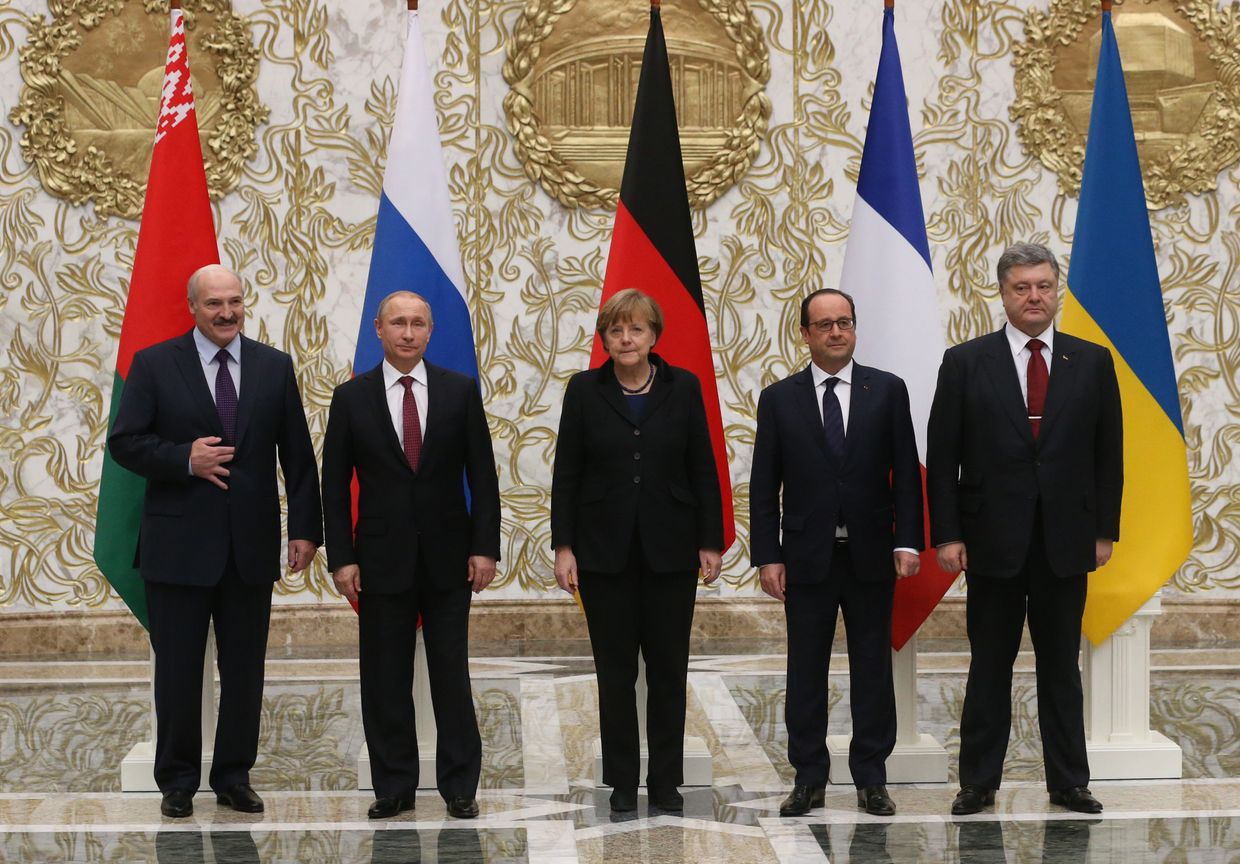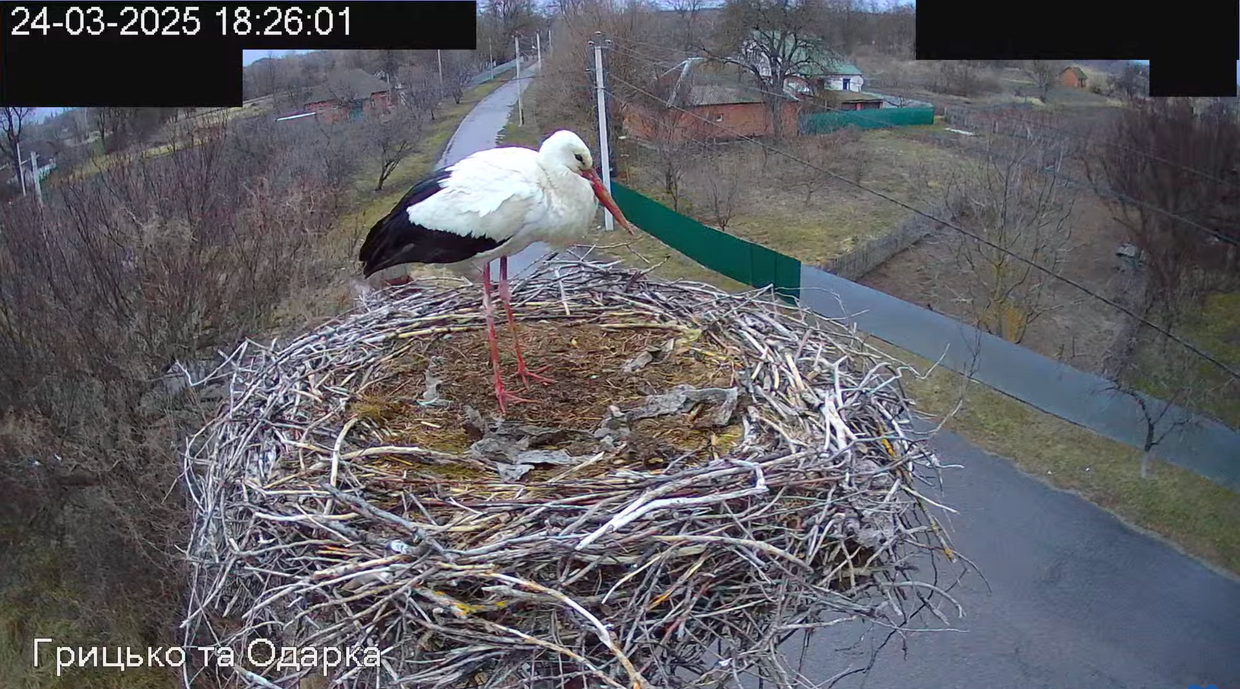I first visited the looted museums of Kherson, a city in southern Ukraine, in May 2024. At the time, my team at the Kyiv Independent’s War Crimes Investigations Unit and I were beginning an investigation into the illegal export of artifacts from Kherson to occupied Crimea by Russian forces amid the full-scale war. Over 33,000 works of art and historical artifacts had been stolen from local museums in the fall of 2022, just before the city was liberated from Russian occupation by the Ukrainian military.
I went to Kherson thinking that I had already seen so much horror, human tragedy, and pain during two years of the full-scale invasion that I could hardly be affected by the sight of looted museum halls. But when I entered the local history museum, for a few minutes, everything inside me went numb.
The large exhibition halls were completely empty, and the display cases that once housed artifacts from the Scythians, Goths, Romans, and Greeks were shattered. The museum director led me to a hall that had been especially significant to the staff and guests. This separate room had displayed gold jewelry from the Scythians and Sarmatians, peoples who inhabited Ukrainian lands thousands of years ago. All that remained of these treasures were the text descriptions on the display cases.
I’ve known about the Scythians since childhood. I was born and raised in Ukraine’s Dnipropetrovsk Oblast, home to the most famous Scythian burial mounds. These ancient graves of a nomadic people have yielded unique gold jewelry and household items through centuries of excavation. In the 20th century, one of these mounds revealed the legendary Golden Pectoral, an ornate decoration belonging to a Scythian aristocrat, which became one of Ukraine’s most renowned treasures. I learned about their culture and history in local history lessons at school.
After Kherson’s liberation, a guard at the local history museum told reporters that Russian forces hadn’t just taken valuables — they had stolen the Ukrainian soul. The moment I first saw the looted halls, I understood exactly what he meant. I felt as though they had taken part of my Ukrainian identity too.
"After Kherson’s liberation, a guard at the local history museum told reporters that Russian forces hadn’t just taken valuables — they had stolen the Ukrainian soul."
Systematic attacks on Ukrainian culture have been part of Russian state policy since czarist times. In the early 20th century, this practice was adopted by the Bolsheviks, and in the 21st century, it continues with modern Russia.
For instance, journalists from Ukrainian outlet Texty analyzed electronic catalogs of two major Russian museums — the Hermitage and the State Historical Museum — and found over 110,000 items in their collections that originated from modern Ukraine. Many artifacts lack detailed information about their origins, such as the archaeological site or place of discovery. To confirm these items’ ties to Ukraine, journalists conducted additional research. These artifacts were appropriated during both the Russian Empire and Soviet times.
Russia hasn’t just looted Ukrainian cultural artifacts; it has also physically eliminated Ukrainian intelligentsia. In the 1920s and 1930s, Soviet dictator Joseph Stalin’s regime destroyed an entire generation of Ukrainian artists — painters, writers, and directors — later called the “Executed Renaissance.”
I have no doubt these actions aim to erase Ukrainian identity. And I know from personal experience how this works.
I am a Ukrainian who grew up in a Russified region. Both my grandmothers were born in Ukrainian-speaking families, but my first words were in Russian. As a child, I received New Year’s gifts from Father Frost, a character invented by Soviet propaganda, instead of Saint Nicholas, as my ancestors had. I went to school in independent Ukraine, but in music lessons, we sang Soviet songs, like those about Mykola Shchors, a Bolshevik military commander. At the same time, I knew nothing about Mykola Leontovych, the Ukrainian composer who wrote the world-famous “Carol of the Bells.”
I became interested in Ukrainian literature during my student years. That interest expanded to Ukrainian art, especially cinema. I began attending exhibitions of Ukrainian artists and performances by Ukrainian theater directors. Eventually, I abandoned the Russian language entirely. Now, my family and I are reviving Ukrainian traditions. This year, for the first time, I replaced the traditional Christmas tree with a “didukh,” a Ukrainian Christmas decoration made of wheat.
Still, I am on a journey to rediscover my culture and history — like millions of other Ukrainians.
The more we return to our roots, the harder Russia hits. It loots museums, destroys architectural monuments, and Russifies Ukrainian children in Russian-occupied territories. Its goal is clear: to erase everything Ukrainian and turn the Ukrainian state into a colony once again.
Editor’s Note: The opinions expressed in the op-ed section are those of the authors and do not necessarily reflect the views of the Kyiv Independent.
